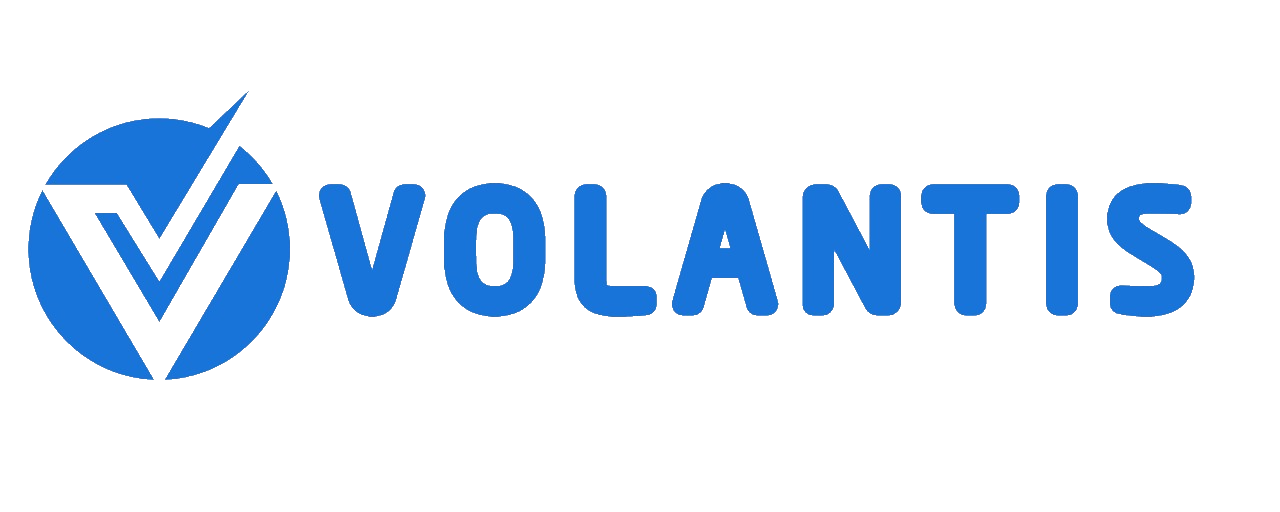07 Jan 16
Application Re-engineering and Modernization
The right way to stay ahead in the race at the present time is by embracing the tech-driven modes to create new ventures and enhance the value of existing applications. Application modernization is a technologically advanced way to improve the legacy systems in an effective and cost-effective way. Now let us understand what application modernization is and how can you achieve it.
Modernization of Application is the refactoring and consolidation of legacy software programming to support your business needs. The core idea of the modernization project is to initiate the creation of new value to the existing applications. The reason is that maintaining outdated systems can be time-consuming and costly at the same time that compels businesses to move to modernize.
Strategies & advantages of Application Re-engineering and Modernization:
- Legacy systems are mostly modernized in increments because many of these applications are crucial to enterprise operations.
- A full-scale and simultaneous modernization can bring a setback and prove to be operational risk.
There is specific context on how businesses and modernization work together. There are several strategies that need to be followed for effective business. Here is an explanation of those strategies from Estimation of the Business Value of Software Modernizations:
Architecture Driven Modernization (ADM) – This focuses on standardizing views of the already available system so as to design the common modernization activities. For example, code analysis, code comprehension, software transformation, etc.
Warrants, Maintenance, Upgrade (WMU) – This is appropriate for opting maintenance strategies that are based on the level of customer satisfaction and the effects of applications on it.
SABA– This is a high-level framework that enables you to plan the evolution and migration of legacy systems, with the help of organizational and technical.
Model Drive Engineering (MDE) – This model involves investigation as the core approach to both reverse and forward engineering for software code.
Renaissance Method – Through this allows you can evaluate legacy systems from a technical, business, and organizational perspective.
A measurement structure based on Goal-Question-Methods paradigm:
Visaggio’s Decision Model (VDM) – This decision-making model allows you to determine which software renewal processes are going to be most beneficial for your business, based on both technical and economic qualities of every component.
Software Rewriting and Replacement Times (SRRT) – This model helps you to determine optimal software rewrite and replacement timing based on metrics data.
Re-engineering Planning Process (RPP) – This process is used to estimate the benefits and costs of modernization.
Let us discuss some of the modernization possibilities now:
Migration: This is a cost-effective and efficient way of modernizing legacy systems
Re-engineering: Through this way, you can rebuild applications in a new platform with better functionality
Re-hosting: This method involves moving legacy applications to a different platform without major changes
Package implementation: Replacing legacy applications with off-the-shelf software



